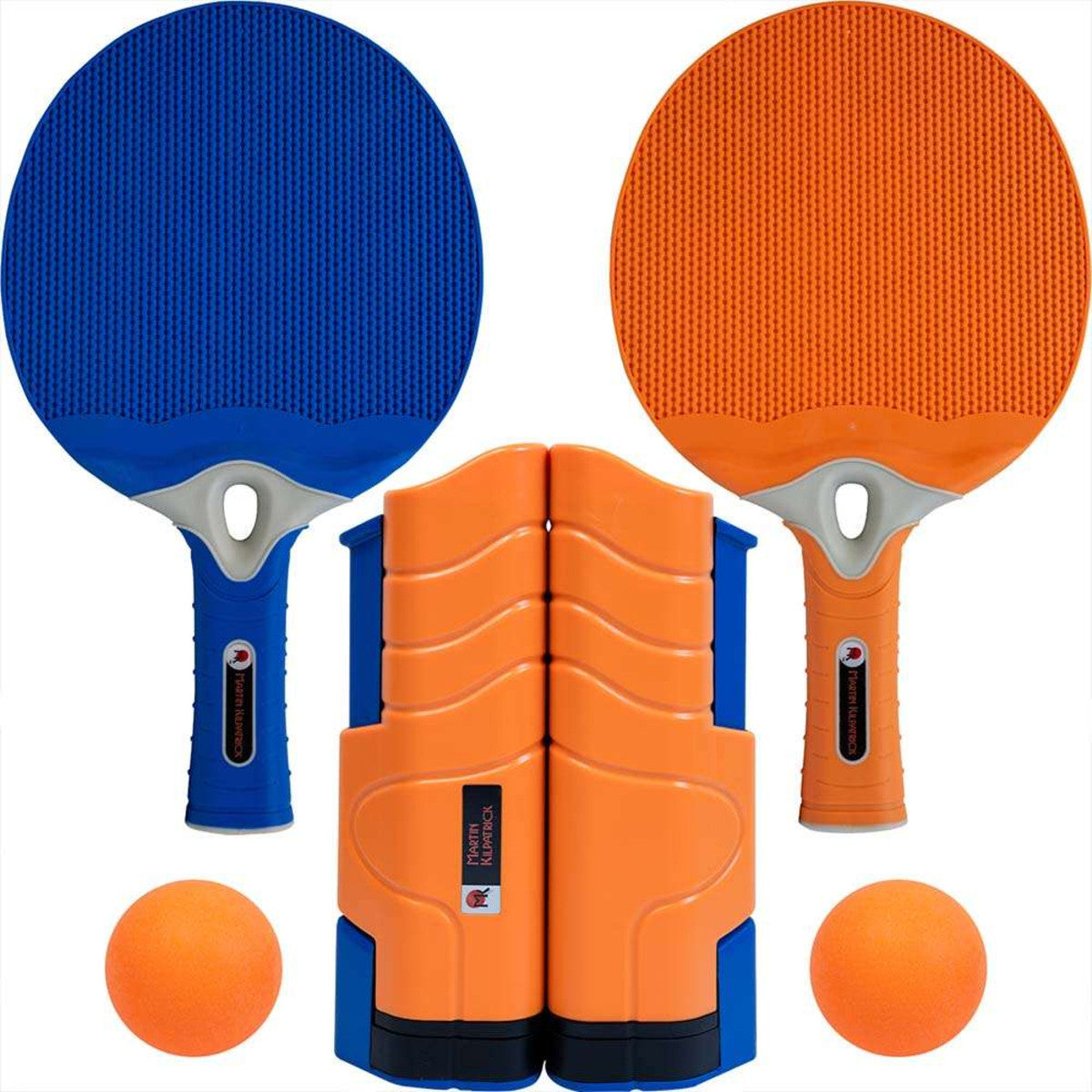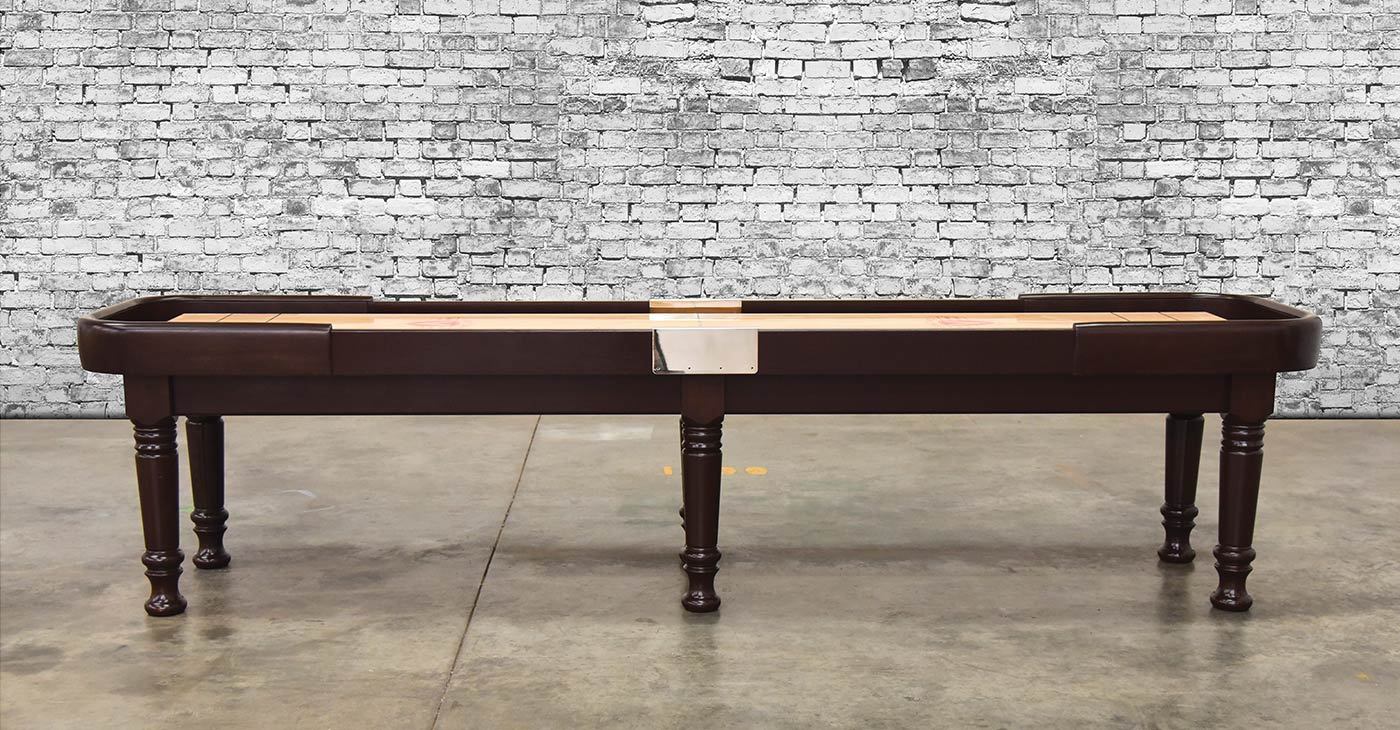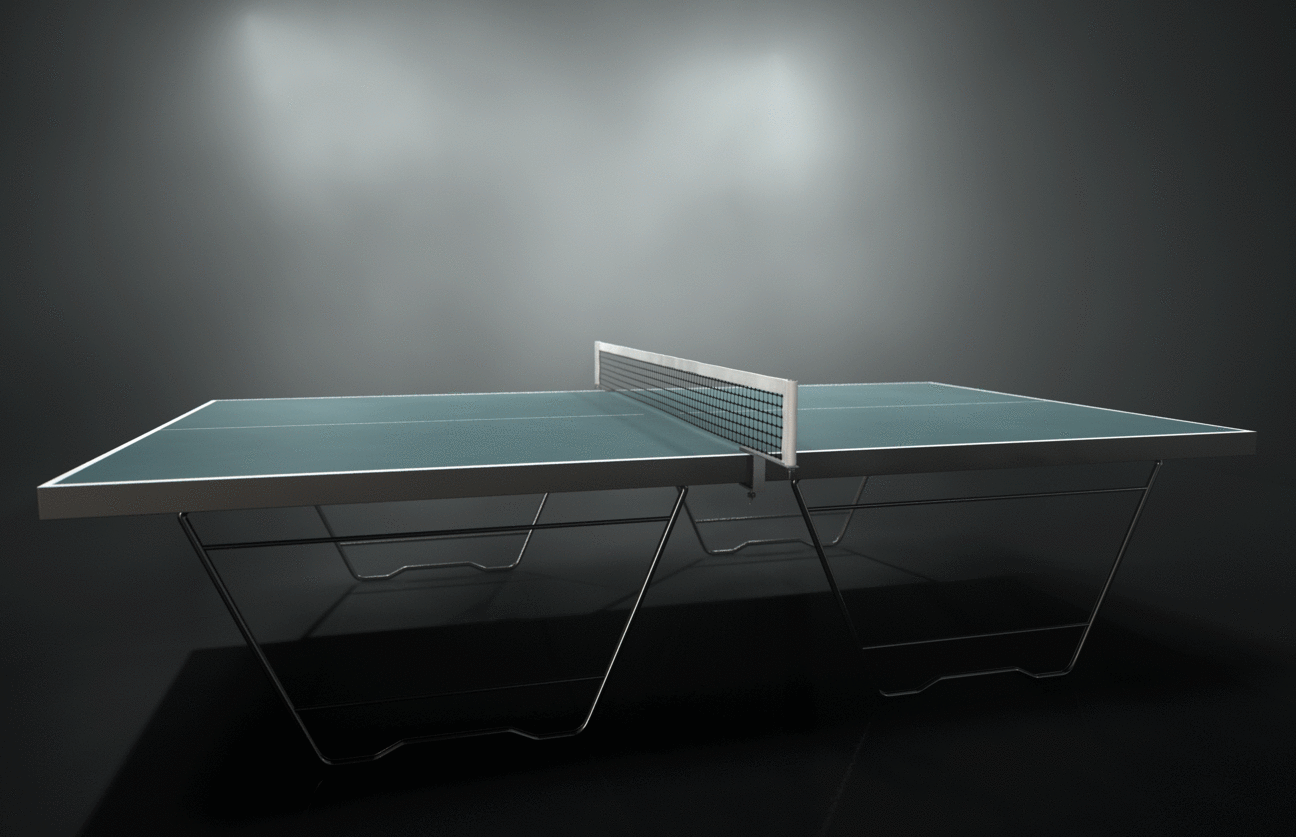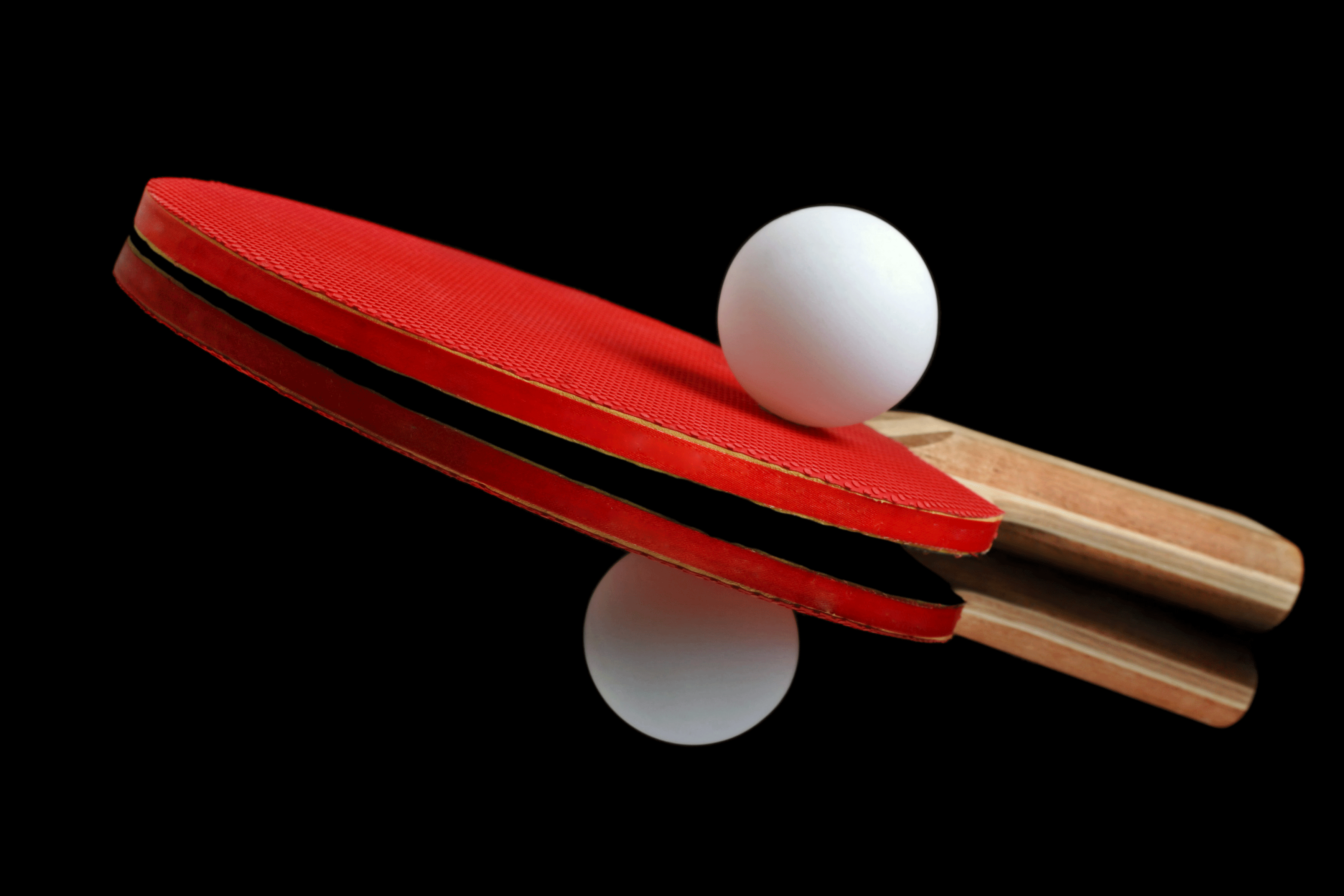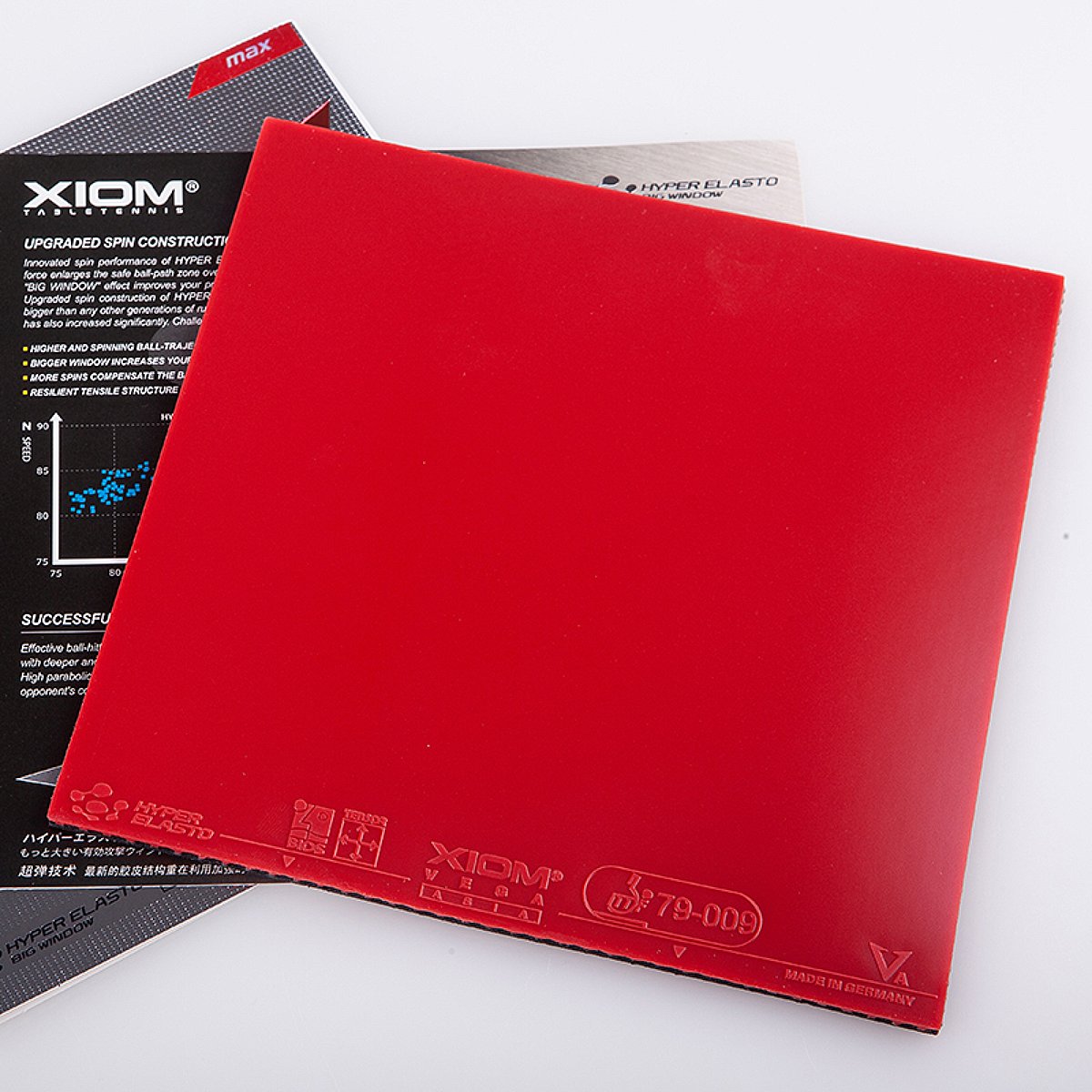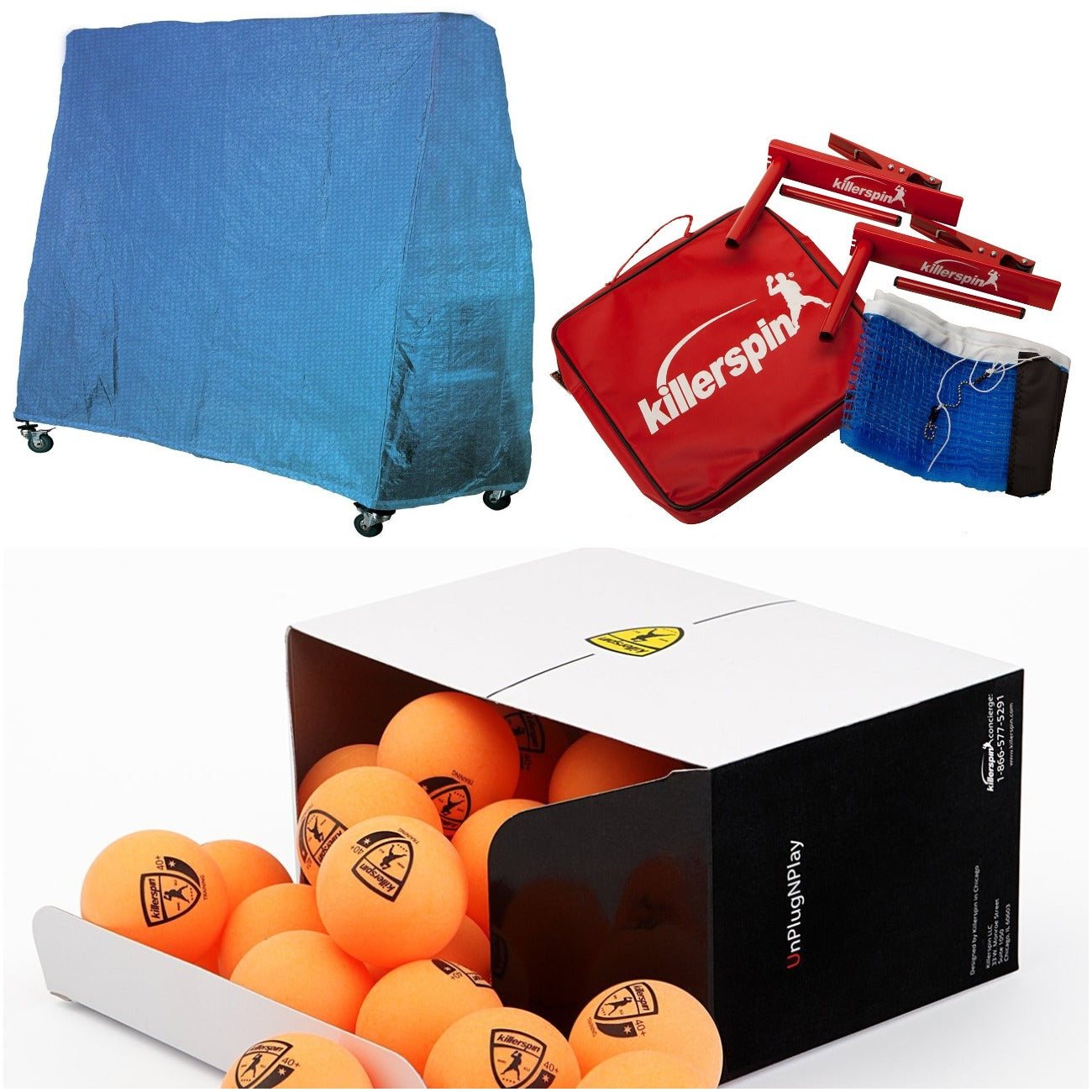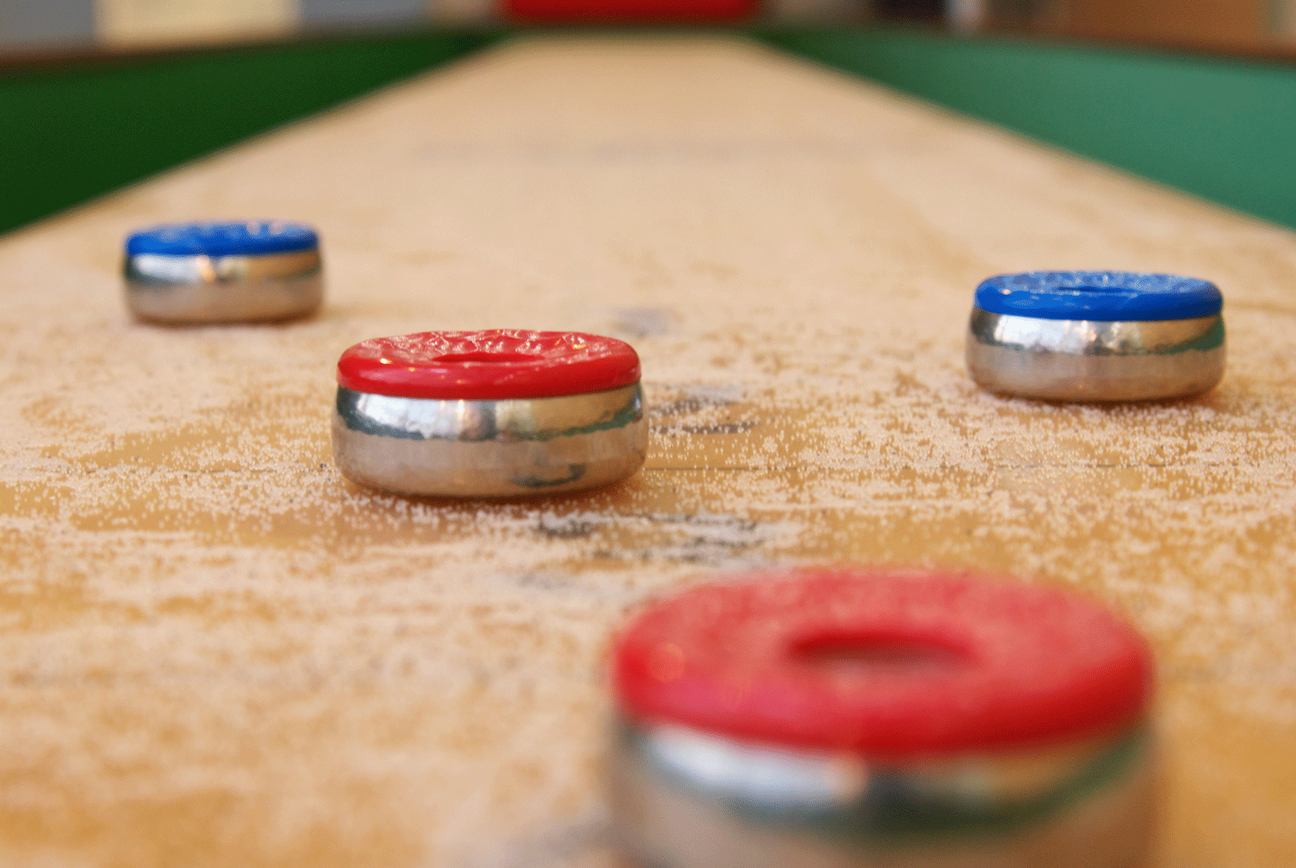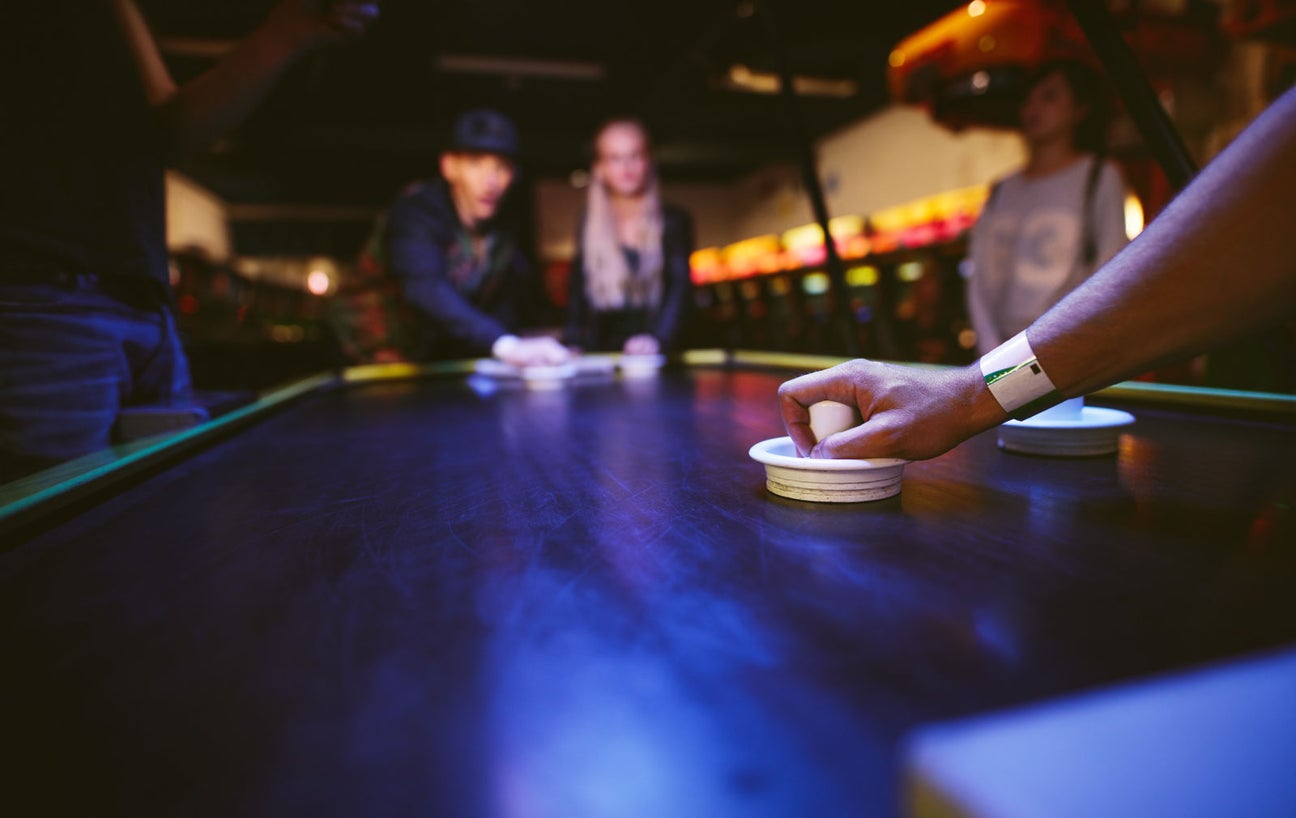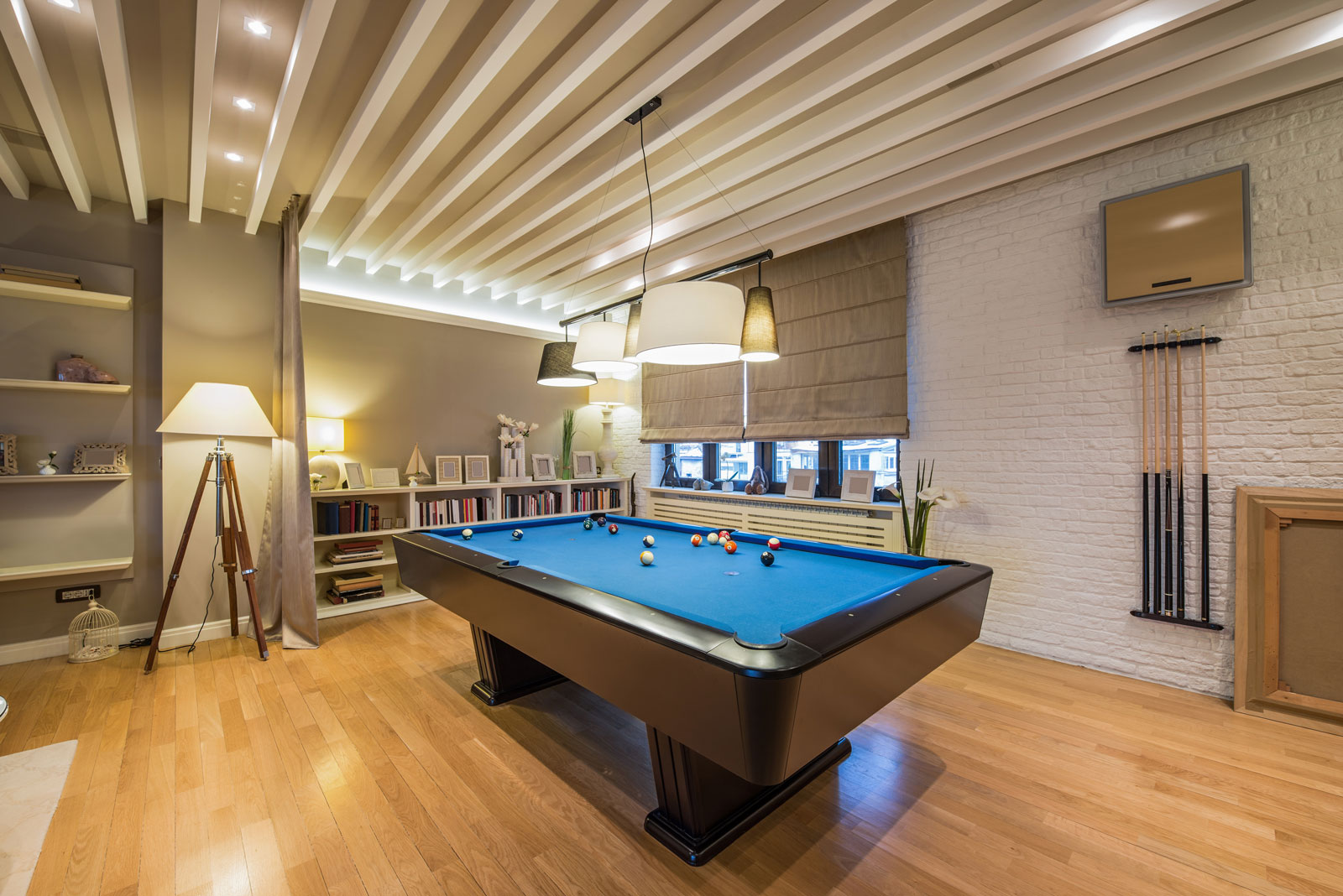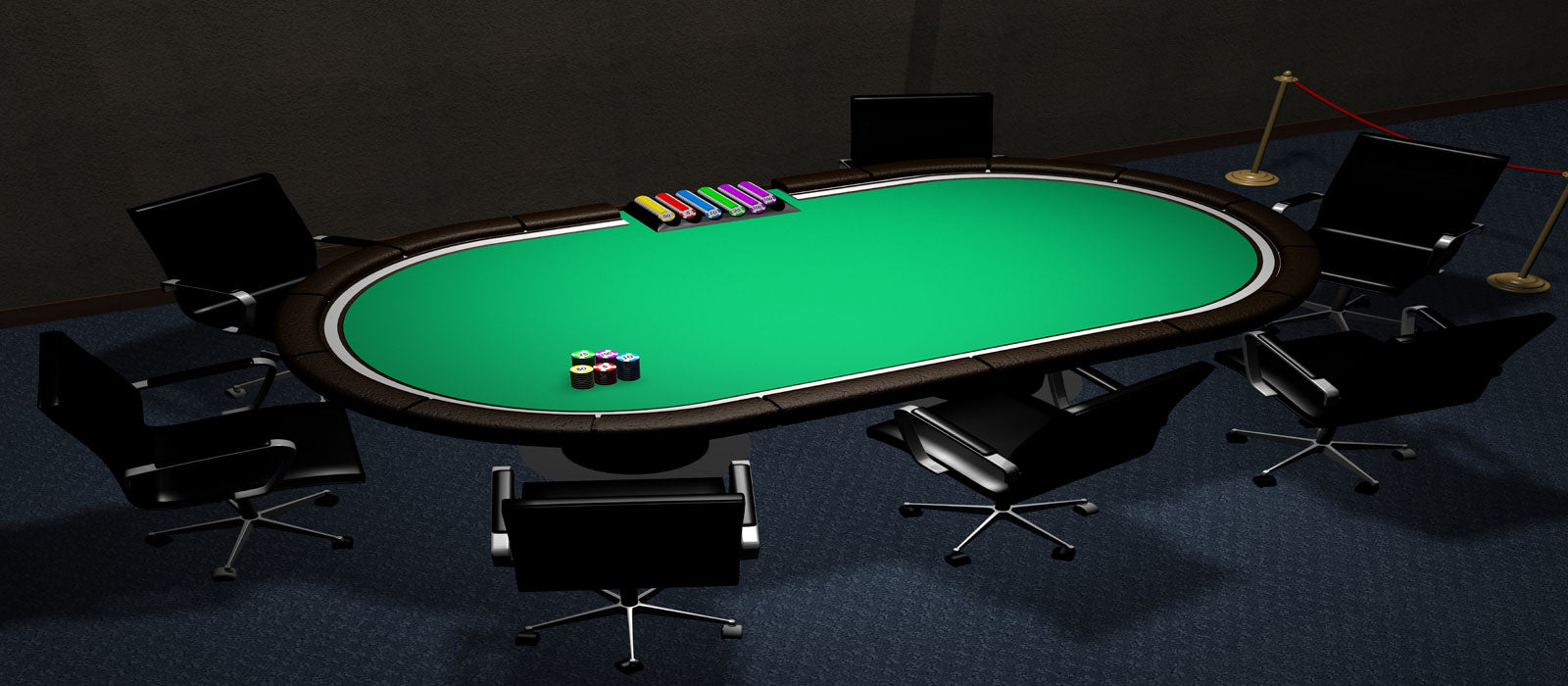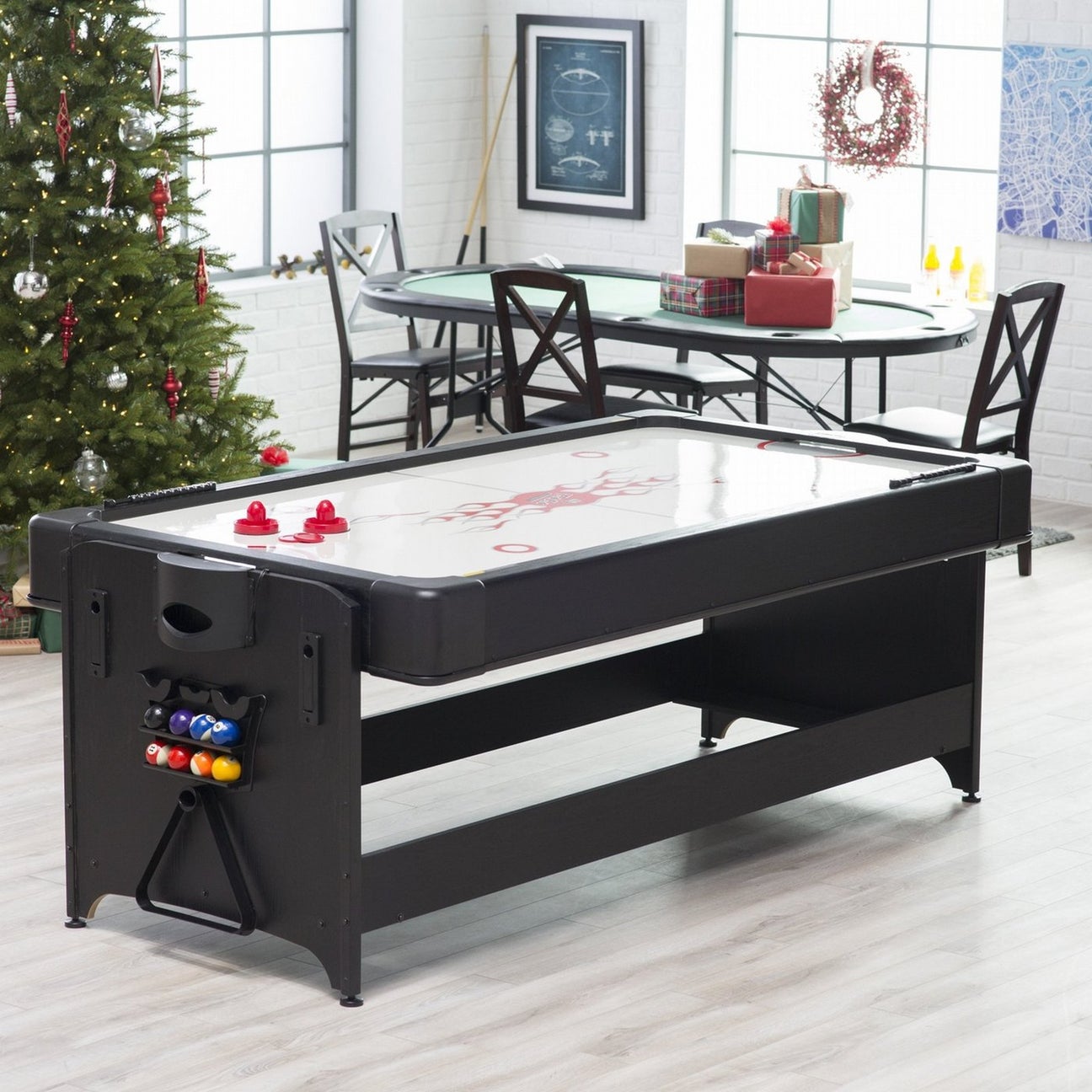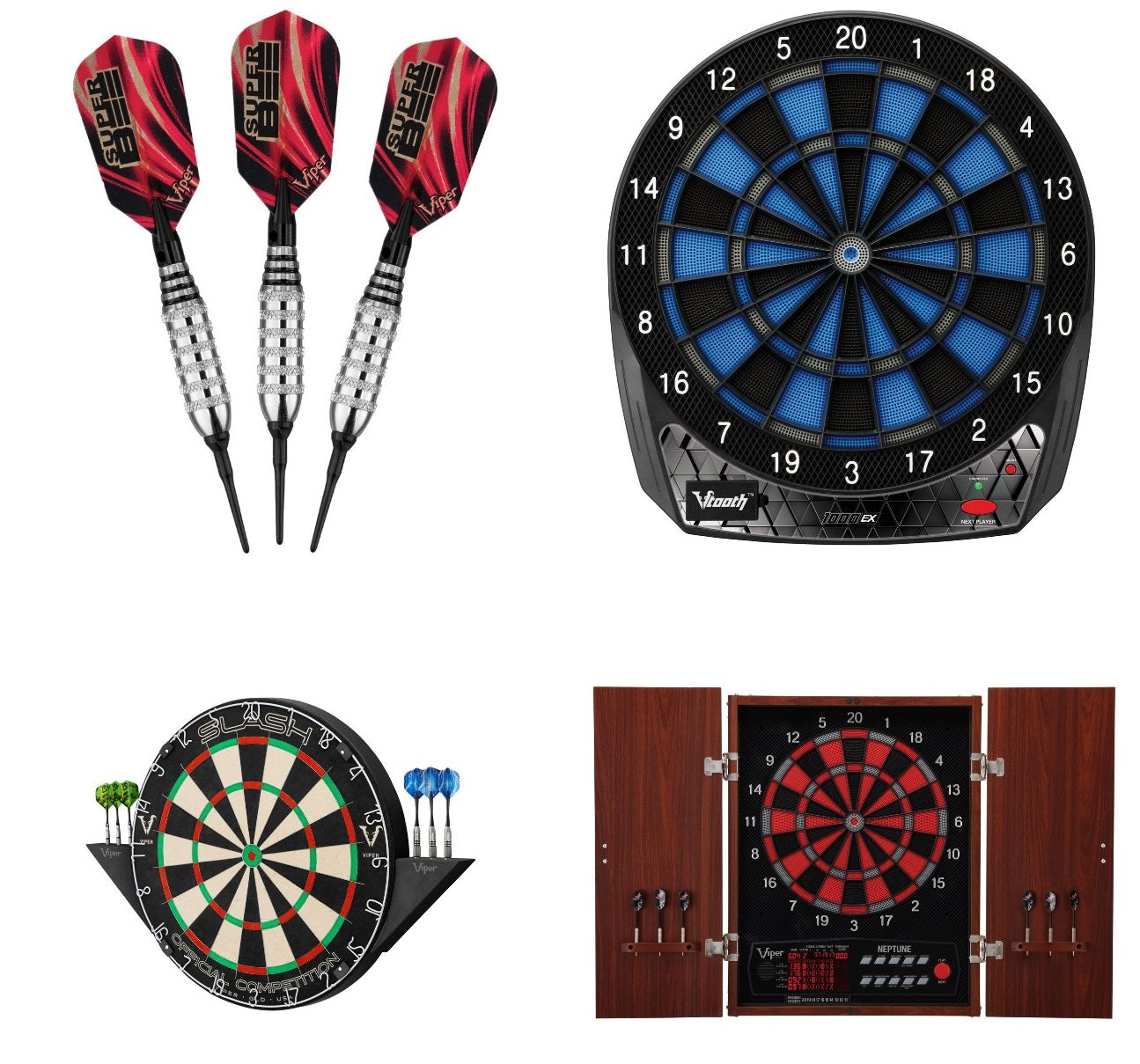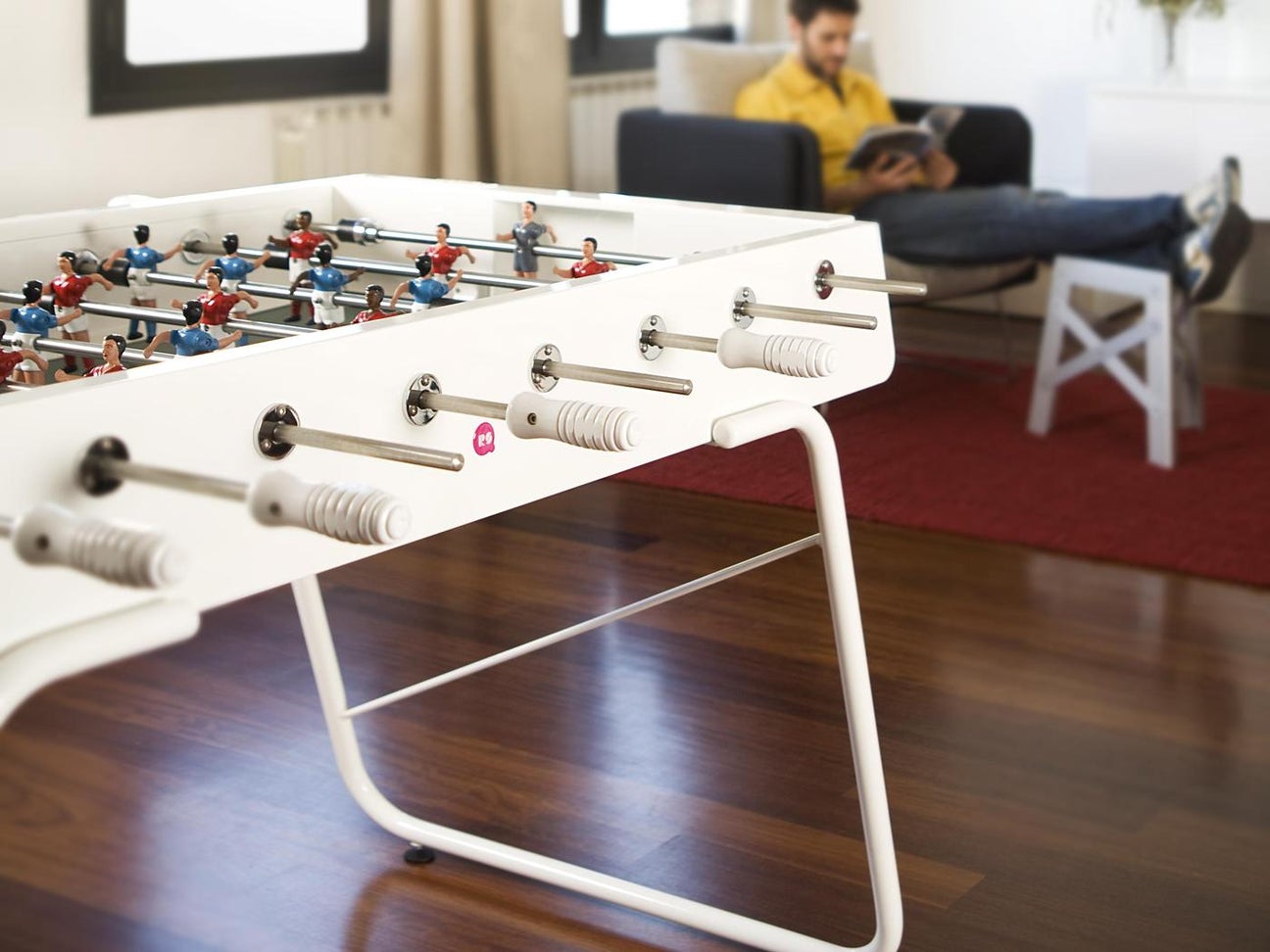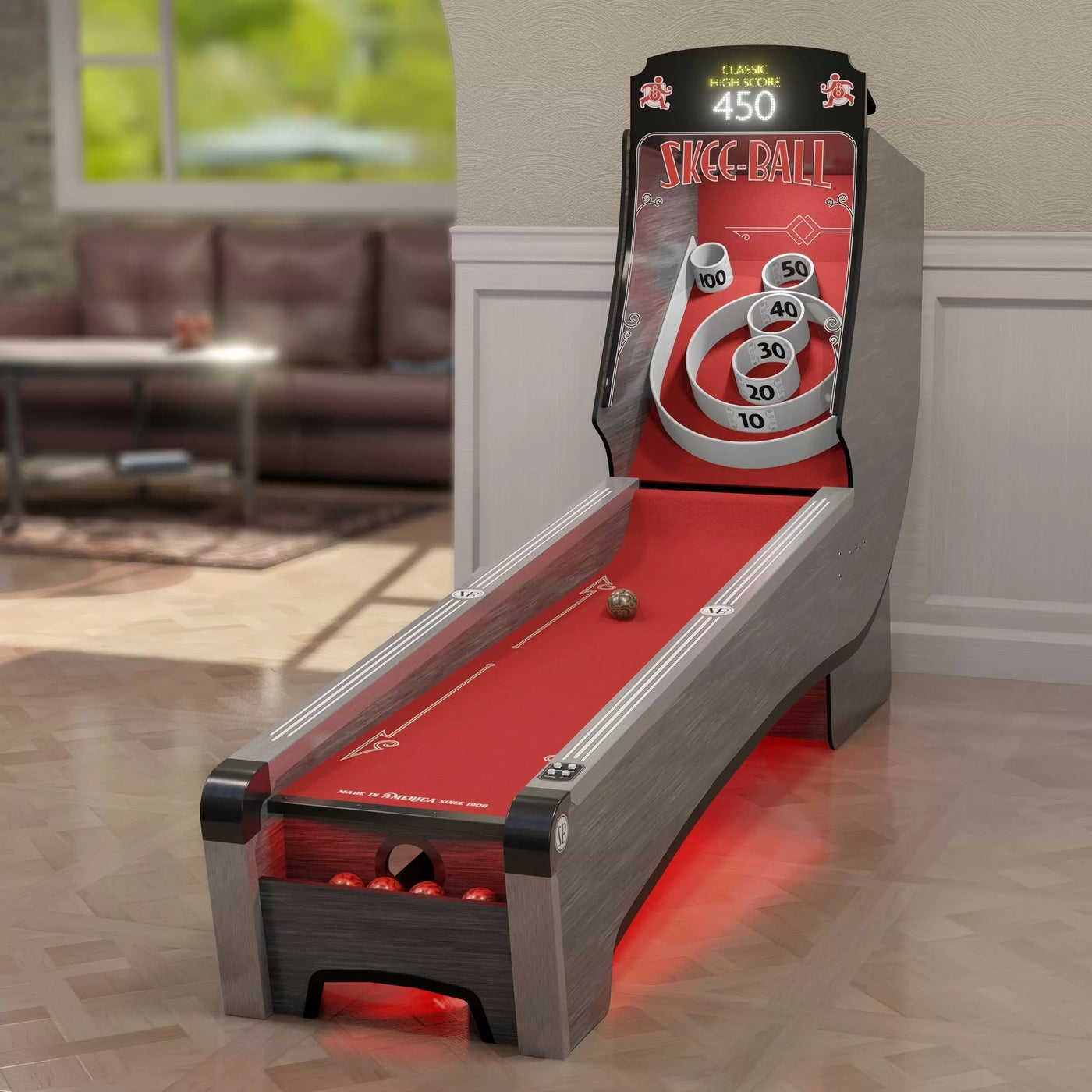

Gripping the ping pong paddle correctly is one of the keys to ping pong success
For beginners or players just starting their table tennis journey “What’s the correct way to hold a ping pong paddle?" is a common question.
While there are several different grips depending on a player’s ability, there are two main ways to hold a table tennis paddle recommended for the beginner:
-
Shakehand grip
-
Penhold grip
The shakehand grip resembles that of shaking hands with the ping pong paddle’s handle while having your pointer finger across the bottom of one side of the ping pong paddle, while your thumb should be placed across the bottom of the other side of the ping pong paddle. The reason it is important to have your pointer finger across the bottom of one side of the ping pong paddle is so that you have more control over the head of the paddle, and to make it easier to angle your ping pong paddle in whichever direction you’d like to hit the table tennis ball. Also, when maintaining the shakehand grip on the ping pong paddle, it is important to make sure the grip isn’t too tight. Rather, you want a nice, relaxed grip around the ping pong paddle so that your wrist is free to move in various directions depending on where you want to hit the table tennis ball, and so that you can put a nice spin on the table tennis ball. Another benefit of using the shakehand grip is that it offers great control regardless of whether you’re using a forehand or a backhand stroke.
On the other hand, the penhold grip involves placing your pointer finger and thumb around the bottom of the ping pong paddle’s handle. Your remaining fingers can either be curled up or flat across the back of the ping pong paddle, depending on what’s more comfortable for you. One great aspect of the penhold grip is that it allows you to use your wrist more. However, one drawback of the penhold grip is that it makes it virtually impossible to alternate between a forehand stroke and a backhand stroke to hit the ping pong ball.
We here at eTableTennis.com like to stress that the key to becoming a proficient table tennis player is good technique, consistency, and repetition. If you do those three things, you’ll be on your way to being a very good table tennis player. Now that you have a better idea of the correct way to grip a ping pong paddle and may need to purchase a paddle to use during practice or competitive play. In addition to table tennis tables, we also carry a wide selection of ping pong paddles. Please view our collection: Ping Pong Paddles
As always, if you have any questions, or would like to check the availability of an item, feel free to contact us via click-to-chat or by phone.
